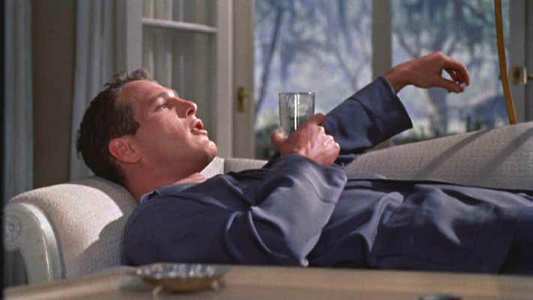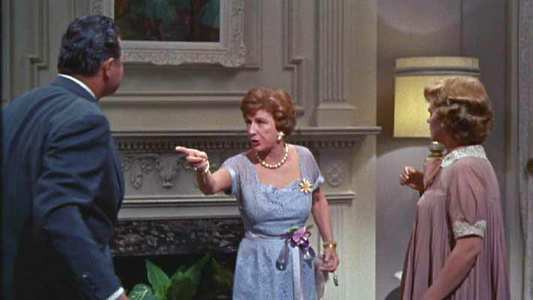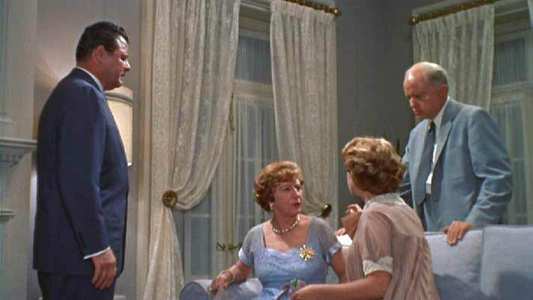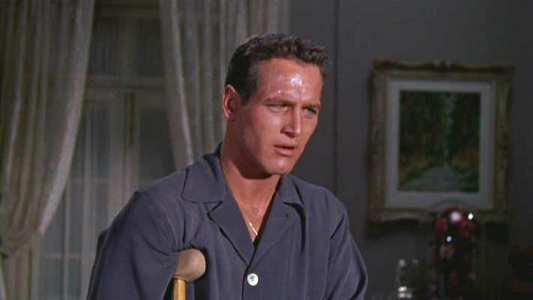Review of Cat on a Hot Tin Roof
Introduction
“Cat on a Hot Tin Roof” dramatizes the conflicts of a Mississippi family following the diagnosis of their rich father’s cancer. The eldest son, Gooper, and his wife seem more interested in the father’s – or Big Daddy – money and estate than his welfare. On the other hand, Brick, the youngest and favourite son, is more interested in drinking his troubles away.
Brick, played by Paul Newman, is a has-been athlete who longs for his glory days and hates his wife – Maggie the Cat played by Elizabeth Taylor – because he thinks she had an affair with his friend Skipper.
Although the family has gather around Big Daddy, nobody is really interested in him as a person until the family frictions come to a head and some of the characters find some sort of redemption.
One of Tennessee Williams’ most famous plays, this was watered down for cinema. Skipper’s (and by inference Brick’s) homosexuality is danced around and the treatment of Brick’s alcoholism is not as strong as it could have been.
However, this is still a powerful and haunting film. If we had to assign it a genre, Southern Gothic would probably be very appropriate.

Video
Despite being over 40 years old, the technicolo(u)r print is admirably sharp, detailed and rich. Occasionally flaws – such as sparkles and blotches - are evident but these don’t really detract from the film.
Being a fairly straightforward adaptation of a play, there are only a few settings but these are generally inventive and pleasurable. The cluttered treasure chest of a basement is particularly nicely portrayed.

Audio
The soundtrack is a simple mono track. This is clear and detailed but if, by now, you are used to a multi channel presentation of films, it can sound a tad weedy. The film is dialogue driven and this is perfectly reproduced.
The uncredited music is mostly pleasant mellow jazz which counterpoints the tempestuous onscreen events.

Features
Aside from the theatrical trailer and the option of watching either the 4:3 or 1.85:1 versions, there are no features. This is a shame because a commentary track would have been very welcome.

Conclusion
Based on one of Williams’ most powerful plays, the film is equally powerful. Much of this power comes from the performances of the uniformly excellent cast. Newman (in one of his first leading roles) is believable as the jaded, disaffected alcoholic Brick, who is trapped in a loveless marriage with Maggie. The acidic but loyal Maggie is played with a raw sensuality by Elizabeth Taylor. This pair constantly sparks off each other with Maggie constantly trying to entice Brick into bed – craving the affection (and the child) that she has been denied. Newman and Taylor were nominated for Oscars for their roles.
However, their performances weren’t the best in the film. That honour goes to Burl Ives as the patriarch of the family Big Daddy. He gives a poignant and believable portrayal of a dynamic man felled by cancer. Big Daddy would have been a distant and inattentive father, mistaking material offerings as a substitute for affection. It is touching to see how a realization of his mortality helps him put things in perspective and Ives’ performance is perfectly judged. He should have been Oscar nominated for this role.
Complementing the performances is a superbly haunting and affecting script – offering pathos and wit in perfectly judged performances.
When Maggie steadfastly refuses to leave Brick even though he gives her no encouragement, she likens herself to the eponymous Cat on a Hot Tin Roof. Brick asks her what possible victory there could be in being a cat on a hot tin roof. She replies, “Just stayin` on it, I guess. As long as she can”. Perfection.
Your Opinions and Comments
Be the first to post a comment!